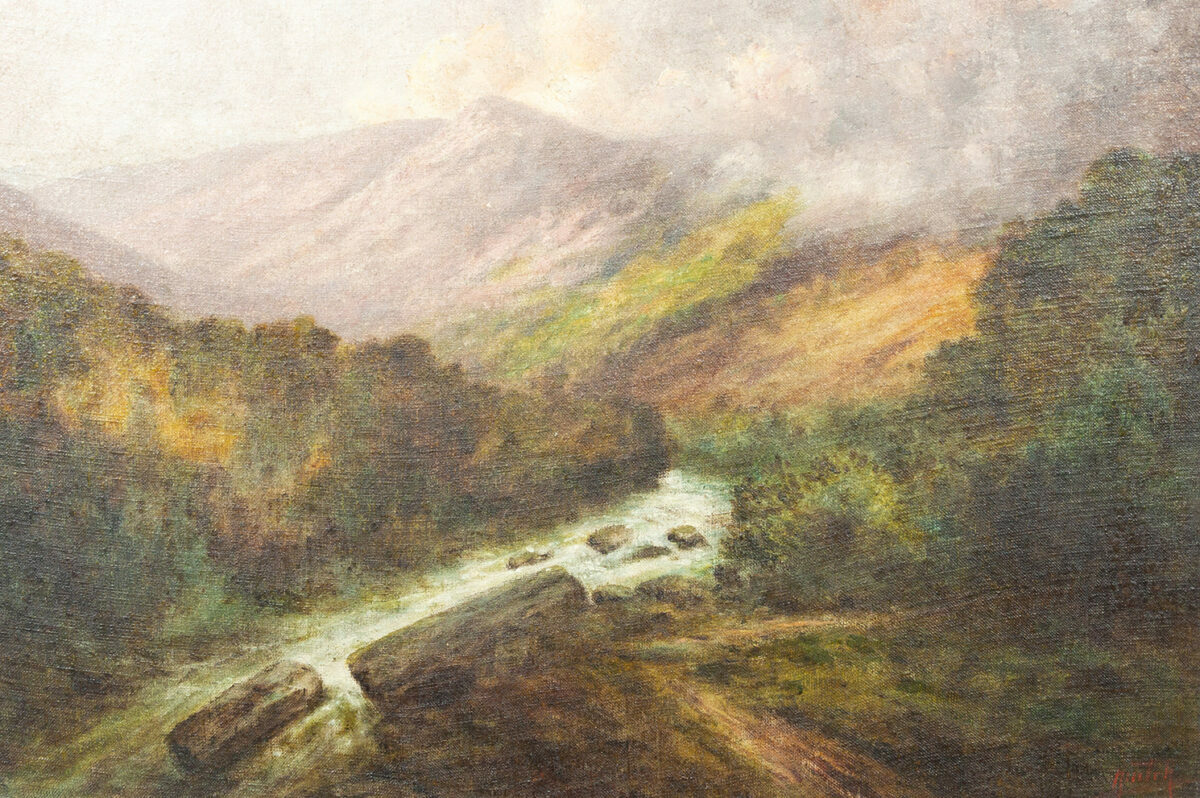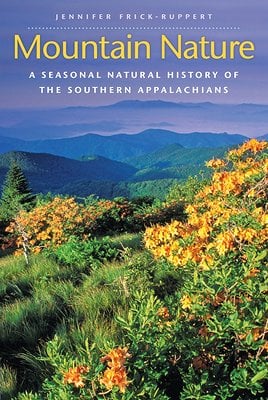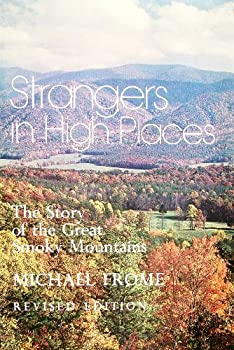Hillsborough, NC. I have come to rave about fungi. “Certain mushrooms can glow in the dark,” I’ve said to more than one friend. “What do you think is the world’s largest organism?” I’ve asked those same friends. When they haven’t guessed within a pair of half-seconds, I’ve said, “It’s a fungus that’s 2,200 acres large.”
The fungus, the Armillaria ostoyae, actually sprawls beneath 2,384 acres in the Blue Mountains of Oregon. Its underground network, called the mycelium, grows beneath tree roots and bridges the gaps between its nodes by threading rhizomorphs through the soil. After the fungus’s discovery in 1998, researchers tested its infinite underground flesh to estimate that the organism is somewhere between 2,400 and 8,600 years old. Today the Armillaria ostoyae expands still, unseen in the soil, indefinably large and old.
It is one thing to read of fungi. It is wholly another to walk through the Duke Forest in the uncertain springtime and watch not only the loblolly roots snaring the path but also the decomposing logs or stumps like grayed burial mounds in the leaf litter. These graves are where our mushrooms—morels, chicken-of-the-woods, chanterelles—actually live, in the pockmarked shadows of pine and oak corpses. To find mushrooms in their damp blip of season, I need to be attuned to their rhythm, needs, and place. That is, I need a certain scientific literacy to meet Creation. I have working eyes, ears, nostrils, feet, and fingers, but to cherish a wild place there’s an extra devotion necessary.
For the literacy of place among the mountain passes of western North Carolina, Mountain Nature: a Seasonal History of the Southern Appalachians by Jennifer Frick-Ruppert and Strangers in High Places by Michael Frome are essential primers. They invite, demonstrate, and bolster the environmental curiosity essential for a full appreciation of this mountain range as a created place of endless natural phenomena.
Mountain Nature is the book where I find fungi and other organisms anew. Frick-Ruppert, a professor of biology and environmental science at Brevard College southwest of Asheville, explains and delights in the southern leg of the Appalachians, which spans 600 miles and 35 million acres from Maryland through northern Alabama. By the structure and contents of her biological survey, Frick-Ruppert conveys a distinct impression of the Southern Appalachians. She hasn’t written the definitive ecological resource of the region. However, she has hardly written only a “friendly and informative companion” for tourists, as her introduction modestly suggests.
Instead, Mountain Nature maps the “seasonal history” of its subtitle as a valuable education. Frick-Ruppert’s key term is “cycle,” which she defines as the animating natural force which “provide[s] order, vitality, and charm to our world.” Her preferred metaphor for cycles is the symphony—“some vast musical score” meant to “provide order, vitality, and charm to our world.” The cycle is the structure: Mountain Nature circles through the Southern Appalachians with four chapters of three-month spans, beginning in spring and returning there after a profile of winter. Frick-Ruppert writes that the book couldn’t happen another way, since cycles are crafted into the structure of every environment: “natural cycles occur at all scales of observation, from the motions of celestial objects to those of infinitesimal particles.” This structure, foregoing the species-by-species overview that would tidily divvy up plants, fungi, amphibians, insects, birds, mammals, and reptiles, describes the insular Appalachian environment in a method similar to the land’s own system of growth, life, death, and regeneration.
These ecological insights, felt as you would experience a full year of the landscape, suit the Southern Appalachians but also revel in their processes. Mountain Nature gurgles with wonder—at the intricacy crafted into every flower petal, their every pollen-bearing stamen, every drop of the sweet pitcherplant’s inner liquid, every croak of the punctual spring peeper, and every inch of the mychorrhiza fungus embedded in the roots of mountain trees. Tactile poetry, biological systems, and atomic chemistry are joined in the creatures and Creation we rarely think to see. God comes inescapably to mind.
Parsing the earth’s intricacies to behold its Maker has a long history in the Appalachians, as Michael Frome records in Strangers in High Places, his 1966 history of the Great Smoky National Park. He recounts William Bartram, the 18th-century Quaker botanist who forayed through western North Carolina’s mountains to document the plants there. “[Bartram] believed the essence of divinity to be embodied in the plant, a humbler, simpler creature, therefore closer to the heart of God,” Frome writes. “Or, as Bartram would say, ‘Perhaps there is not any part of creation, within reach of our observations, which exhibits a more glorious display of the Almighty hand than the vegetable world.’”
So too did the Swiss geographer Arnold Guyot seek God in His handiwork when he was the first to formally map much of the Southern Appalachians in 1859. Guyot had once aspired to the priesthood, though Frome writes that “his love of nature-science gained possession of him—perhaps, more properly, we should say that he determined to search the core of religious truth through nature-science. ‘It is a strong faith that our globe, like the totality of creation, is a great organism,’ [Guyot] would write later, ‘the work of an all-wise Divine Intelligence, an admirable structure, all the parts of which are purposely shaped and arranged and mutually independent, and, like organs, fulfill, by the will of the Maker, specific functions which combine themselves into a common life.’”
These two men, the first of Philadephia and the other of Neuchâtel, sought God through what He’d made. Frick-Ruppert’s work in Mountain Nature draws from their nearly two-century-old work. The “dwarf mountain iris,” the “blushing rosebay,” and other flowers Bartram documented appear in Mountain Nature in full bloom, as do the mountain elevations that Guyot determined with his barometric surveys. Their findings are something I inherit also, in my shivers over the green-slimed stinkhorn mushroom.
So too do I inherit their partial environmental knowledge. None of their Appalachian research was total. But as their books demonstrate, ecological curiosity doesn’t have to be encyclopedic to be cosmically rich.
Mountain Nature specifically takes up natural sensations, as Frick-Ruppert usually describes the wilds of Southern Appalachian by their looks, sounds, and smells. “If a recent rain has left puddles in the leaves, dozens of the tiny creatures can be found floating on the surface tension of each puddle,” Frick-Ruppert writes of the springtail. “How the tiny springtails manage to find enough heat to crawl over snow is a mystery.” She understands springtails and other organisms as neighbors rather than minutely defined data, a valuable understanding: knowledgeable, appreciative, but never possessive.
Bartram’s springtime visit to the Appalachians in 1775 was also characterized by this humble posture: “Bartram found the pent-up forest teeming with fresh color after its thaw of early spring,” Frome writes of that first visit. “The red and yellow columbine, with buttercuplike leaves, moved in a soft breeze, awaiting the ruby-throated hummingbird.” And while Guyot trekked from Mount Clingman to the Sawteeth, he recorded his physical experience of the “remarkable rainy season” and “dense, shadowy forests and tangled thickets of tough, interwoven stems.” His notes included measurements (“trees there are from 80 feet and upwards”) but Frome notes that he “admired, but did not try to explain, the lush verdure on the strange high balds” in his observations. These balds were “covered with grass a foot thick and interspersed with bright-colored flowers, and an abundance of ripe strawberries.” Even as these scientists documented Creation to better understand it, they didn’t view total understanding as totally necessary. Admiration was the goal of careful appreciation.
The familiarity between man and wild required for this appreciation can, of course, conceal our threat to Creation. We can certainly learn the natural world to then dominate it. Appalachian hunters of black bears, for instance, make a point of knowing a bear’s habits intimately. Understanding the bear’s meandering plod from berries to stream to roots and childlike instinct to climb trees in fear serves hunters in killing the bear with hounds and a rifle, as Frome tells in his “Last Day of the Bear” chapter. To be clear, hunting is not an unqualified evil, especially since hunters in North Carolina helped usher in conservation laws because they wished to preserve the lands and the animals they hunted there. Learning the natural world primarily to enslave it is more central to large-scale environmental exploitation than to hunters, though they have their disrespectful crudes and respectful sportsmen alike.
This threat aside, we still need familiarity with the wild places around us. The poet Paul Pastor, who himself wrote a stunning essay on the oyster mushroom and its predatory mycelium, mentioned that “spiritual reality becomes present in all rain, in every stream” when I asked him about wild places. “I have encountered a way of being that is different than mine, yet intimately related to mine,” he wrote via email. Pastor expounded on this intimate relation, saying why “all Christians, and Christian writers in particular, ought to press themselves against nature in its wild state”—love, of course. Love, he continued, comes to him by way of poetry: “The wild is a place for the practicing and sharpening of attention, and for that type of attention that can become love for the poet. This is the essential poetic skill—to see, to name accurately, to cherish.”
Not everyone is a poet. But everyone lives in places of ecological and cosmic sensations worth seeing, naming, and cherishing. Pastor approaches the natural world through those sensations, which “shape something in [his] spirit.” As Frome writes in Strangers in High Places, the Appalachians were shaped first in the gneiss and schist layers beneath the land, “among the oldest known on earth,” and with the quartz and feldspar Occoee rocks so old—“more than 500 or 600 million years”—that no fossils ever touched them. They are shaped still by the “unique combination of day length and temperature” that Frick-Ruppert uses to mark Appalachian seasonal cycles. Their arrivals are “a gentle warm rain” and “the first returning cold front,” and their harbingers are the springtime wood frogs and the migrating monarchs. Noticing and naming these are only the start of loving the place, both its past and present.
Curiosity for the bedrock, organisms, and sky honed my sense of the Appalachians. So too does my eye for the Creator veiled and present in His evidence. Without them, how could I recognize what was first and larger in what I sense of the present? I couldn’t love the Appalachians without learning the language of their cosmic and physical existence. Mountain Nature and Strangers in High Places vindicate this demand that each place makes on its inhabitants, even a novice like myself. It is only the beginning, and it is only partly scientific: I dream of the bears and mychorrhiza deep in the coves of the Appalachians. That fungus, in trees’ secret root nodes, breathes out the nitrogen, and I think of what it is to cherish this detail as life-giving, the way a tree must.
Image via Tennessee State Museum: Charles C. Krutch, “Untitled Tennessee Mountain Landscape,” 1910-1934







1 comment
dave
Thank you for the essay- I was reading Wirzbas This Sacred Life, he wrote “Following John Ruskin, we should say that “real botany is not so much the description of plants as their biography”- came to mind as you described Frick-Ruppperts work.
Comments are closed.